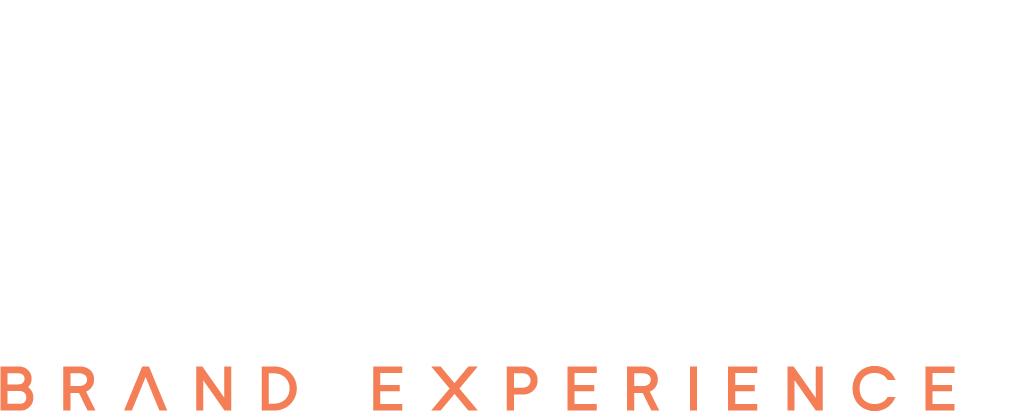Don’t understimate the importance of a good strategy for effective communication & customer engagement
All too often, companies communicate without a strategy. Yet marketing strategies, when properly integrated into business plans, can help determine what products or services consumers want, and how much they’re willing to pay for them.
Marketing strategy is therefore key for companies that want to ensure their development and stand out from the crowd with targeted & effective communication.
A marketing strategy must answer certain essential questions: Who is your company’s target audience? What problem does your offer address? How can you establish a credible image? Who are your main competitors? How do you define your positioning to communicate clearly?
Always diagnose before you prescribe
To market your product or service, you need to know who your target is, who you’re trying to reach and why they might be interested in your product or service.
This enables you to carry out a market mapping, otherwise known as a marketing segmentation.
There’s no point in advertising a product or service that nobody wants.
So it’s vital to target your future customers effectively – which means making choices and saying no to certain types of prospects – and to find out what their needs are, so you can better respond to them and be heard by creating captivating communication that sparks their interest in your product.
For example, if your target audience has a very low income, launching an art boutique is probably not a good idea. Your product won’t be accessible to this population, and they’re unlikely to spend money on it.
So how do you make the right diagnosis?
First of all, let’s stop trying to guess what the market wants – it’s better to put all the chances on your side by interviewing your targets, observing them in situ, to validate your hypotheses.
This involves general questions such as:- How old is your target?- What are their hobbies and dreams?- What is your target’s age? What are their problems?
– What is their income level?- Who are your products and services aimed at? Are they women? Men? Families? Couples or singles? Businesses? To what type of company exactly?
– What is your product’s geographical area of distribution?
But don’t stop there. The essential information will come from questions more related to the behavior of target customers, their desires, their objectives.
Targeting & positioning – the heart of marketing strategy
Adapting your positioning to your target is one of the key elements of your marketing strategy. Beware of a generalist positioning that wants to address everyone but speaks to no one.
The launch of a new product line, a change in brand identity or misunderstood advertising messages are all reasons why you need to modify your strategy.
In a world where communication reigns supreme, the aim of positioning is to differentiate you from your competitors, to create a unique & distinctive identity, and to develop an effective message that will appeal to customers.
A marketing strategy focuses on a sustainable, defensible competitive advantage with a list of impactful actions. By proposing an offer that responds to market needs, you’ll succeed in being relevant in their eyes and increase the chances of converting them.
Tactics – or the visible part of your offer
Once you’ve defined your marketing strategy, you’ll have the information you need to turn your attention to the tactical part – the tip of the iceberg.
This is known as go to market, or the “4Ps”.
– Pricing
The company’s goal is profitability, not just sales. Various methods can be used to establish a pricing policy aimed at profitability, without resorting to the age-old & simplistic cost+margin technique.
It’s an essential step towards ensuring a positive return on investment (ROI) and company growth.
– The product (or service)
The product or service is an integral part of the business, and must respond to customer issues and be attractive for better conversion. It must deliver value and meet customer expectations in terms of performance & quality.
– Distribution (Place)
The distribution method must make it easy for customers to find your products and services. (Limited or large-scale distribution/ national or international distribution)
For example, with limited distribution, you can position yourself in a high-end market by creating customer desire through the scarcity effect.
– Promotion (communication)
Communication (advertising) is essential to promote your offer, protect your positioning and guarantee the integrity of your brand image.
Thanks to the diagnostic phase, you’ll know how to reach your target audience most effectively: magazine, LinkedIn, Facebook, poster, exhibition, radio, press…
You’ll also be able to create a branding package (more info via this link) that appeals to your target audience.
Delivering your strategy
When you have a clear marketing strategy in place, you’ll find it easier to amplify your brand’s impact and achieve greater success.
The brand image must be strong and make a lasting impression on potential customers.
It must be known by all employees involved in its implementation and in the creation of the brand identity.
Groove Brand Experience is based in the Côte d’Azur, on the French Riviera, & helps brands build a strategy tailored to their success.
Our mission is to help companies find out how their products and services can solve a problem by guiding them towards impactful brand communication.
Marketing strategy can bridge the gap between where your brand is now and where you want to be.
It is an essential step in the development of your business plan, and will enable you to improve your sales performance through effective communication.
With our truly bilingual, native English-speaking team, we can help you conquer international markets.
We’re here to help you define a customized marketing strategy.

